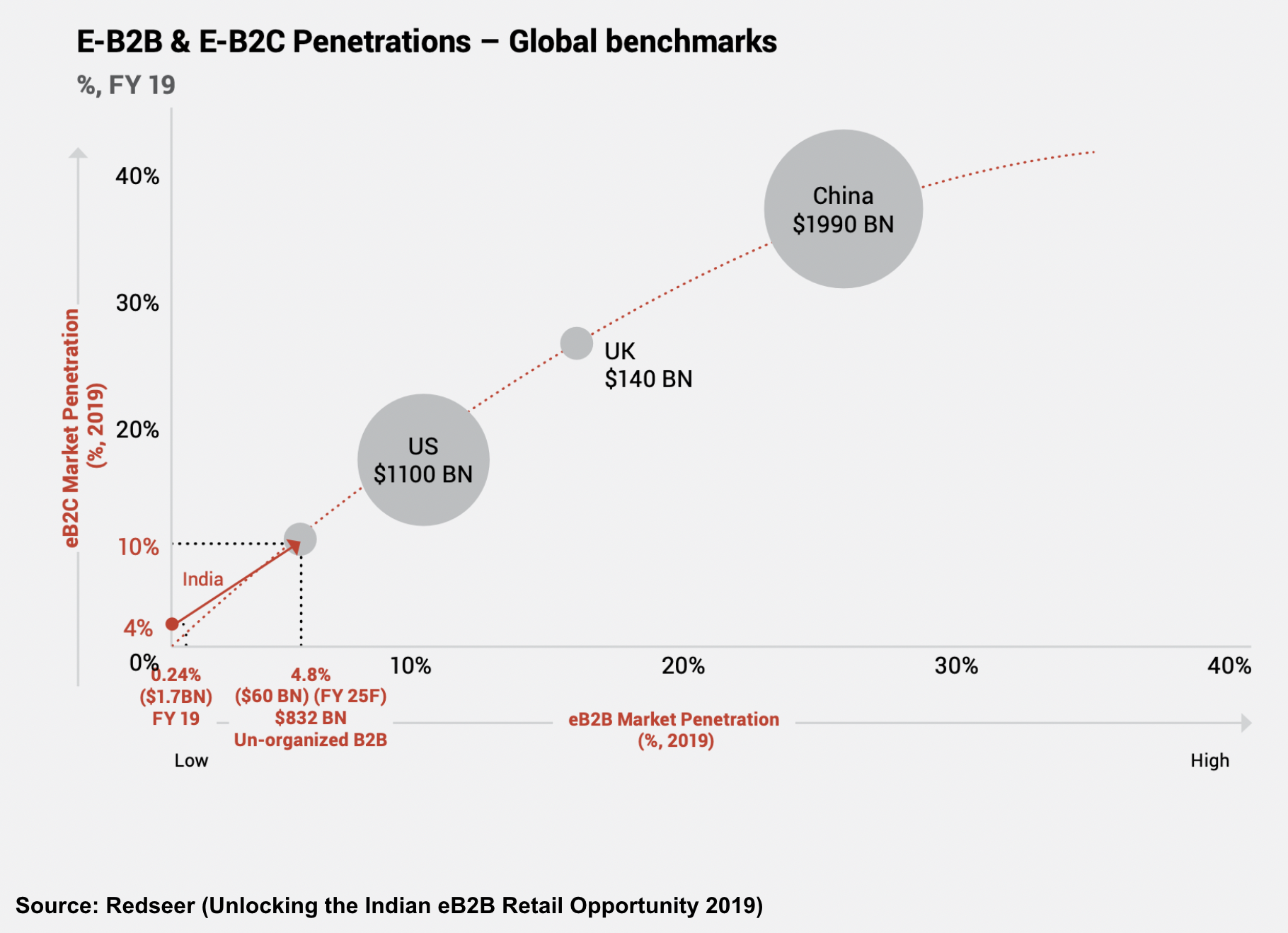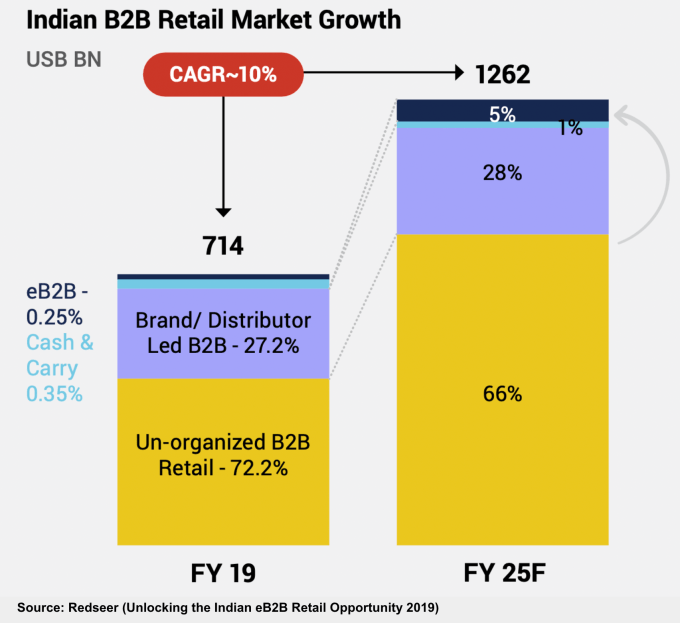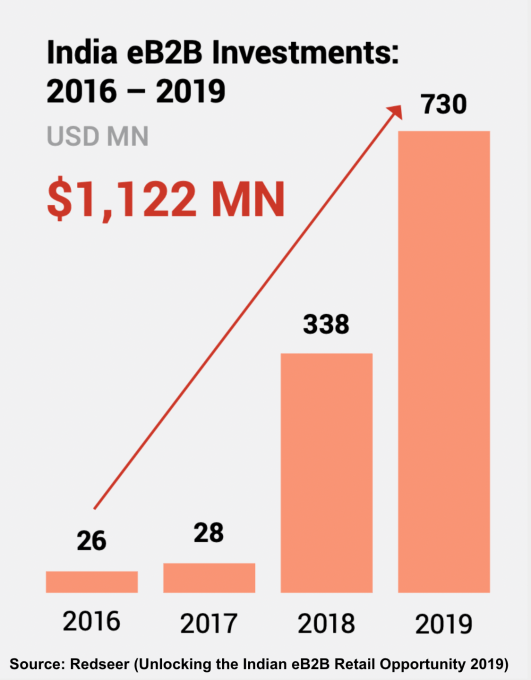- September 10, 2021
- by:
- in: Blog
China’s first data privacy laws go into effect on November 1, 2021. Will your company be in compliance? Modeled after the EU’s GDPR, the new regulations “[introduce] perhaps the most stringent set of requirements and protections for data privacy in the world,” writes Scott W. Pink, special counsel in O’Melveny’s Data Security & Privacy practice.
China’s first data privacy laws go into effect on November 1, 2021. Will your company be in compliance?
Modeled after the EU’s GDPR, the new regulations “[introduce] perhaps the most stringent set of requirements and protections for data privacy in the world,” writes Scott W. Pink, special counsel in O’Melveny’s Data Security & Privacy practice.
In a comprehensive overview, he explains its key requirements and compliance steps for U.S.-based firms that service Chinese consumers.
“American firms doing business in China or with companies inside China will need to immediately start assessing how this new law will impact their activities,” he advises.
Now that the world has embraced remote work, are visas as critical for startup founders who want to succeed in the United States?
On Tuesday, September 14, at 2 p.m PT/5 p.m. ET, Managing Editor Danny Crichton and immigration law attorney Sophie Alcorn will discuss the matter on Twitter Spaces.
Join @DannyCrichton on Tuesday, September, 14 at 2 p.m. PT/5 p.m. ET as he discusses if remote work will make H-1B visas redundant with @Sophie_Alcorn https://t.co/SCMUiqUj8J
— TechCrunch (@TechCrunch) September 10, 2021
They’ll take questions from the audience, so mark your calendar and follow @techcrunch on Twitter to get a reminder before the chat.
Thanks very much for reading Extra Crunch; I hope you have a great weekend.
Walter Thompson
Senior Editor, TechCrunch
@yourprotagonist
Fintech is transforming the world’s oldest asset class: Farmland
Whether or not he actually said it, “buy land, they ain’t making any more of it,” is one of Mark Twain’s best quotes on capitalism.
Past recessions and the ongoing pandemic have created real uncertainty about the future of commercial and residential real estate, but farmland is “historically stable,” says Artem Milinchuk, founder and CEO of FarmTogether.
Anatomy of a SPAC: Inside Better.com’s ambitious plans
Online mortgage company Better.com isn’t waiting to complete its SPAC merger before making big moves: Ryan Lawler reported that it purchased Property Partners, a U.K.-based startup that offers fractional property ownership.
It’s the second company Better bought in recent months: In July, it snapped up digital mortgage brokerage Trussle.
“We aren’t so easily categorized,” said Better CEO Vishal Garg, who told Ryan that the company plans to soon expand into traditional financial services like auto loans and insurance.
Said CFO Kevin Ryan, “a lot of people have their niches in the way they’re attacking this, but we feel like we’re on a path to being full stack where everything’s embedded in the same flow.”
5 factors that can make or break a startup’s growth journey
If you don’t have a good story to share, it doesn’t matter how big your marketing budget is.
“Paid marketing can be a useful tool in your toolkit to accelerate an already humming flywheel. Just don’t let it be the only one,” suggests Brian Rothenberg, a two-time founder who’s now a partner at Defy.
Drawing from his time as VP of growth for Eventbrite, he shares five critical factors for kick-starting, maintaining and measuring growth over the long term.
Debt versus equity: When do non-traditional funding strategies make sense?
Many potential founders are well-versed in startup economics — and many are completely green.
When it comes to raising funds, understanding the relative benefits (and limitations) of debt and equity financing is required knowledge, however.
Founders who are less willing to dilute their control may be willing to use debt financing to fund their capital expenditures, “but it doesn’t make sense for everyone,” says six-time entrepreneur David Friend.
Investors are doubling down on Southeast Asia’s digital economy

Image Credits: Getty Images
Last year, startups based in Southeast Asia raised more than $8.2 billion, a 4x increase from 2015.
In the first half of 2021, regional M&A has increased 83% to a record $124.8 billion.
It’s not just venture capitalists and Big Tech who are beefing up their presence in the region.
“Over 229 family offices have been registered in Singapore since 2020, with total assets under management of an estimated $20 billion,” writes Amit Anand, a founding partner of Jungle Ventures.
Edtech leans into the creator economy with cohort-based classes

Image Credits: Bryce Durbin / TechCrunch
Natasha Mascarenhas examined the parallels between edtech and the creator economy, both of which boomed amid the pandemic — and blurred amid the rise of cohort-based classes.
“Edtech and the creator economy certainly differ in the problems they try to solve: Finding a VR solution to make online STEM classes more realistic is a different nut to crack than streamlining all of a creator’s different monetization strategies into one platform. Still, the two sectors have found common ground in the past year.”
Meet retail’s new sustainability strategy: Personalization
Were the shoes, jacket and makeup that looked so good on Instagram (and in your shopping cart) disappointing when you put them on for the first time?
Due to buyer’s remorse, it’s not uncommon for apparel or beauty products to languish in the back of a drawer or end up as gifts, but there are also serious consequences.
“The beauty industry produces over 120 billion units of packaging every year, little of which is recycled. Globally, an estimated 92 million tons of textile waste ends up in landfills,” Sindhya Valloppillil, founder and CEO of Skin Dossier, notes in a guest column.
The answer to bringing sustainability to the industry, she says, is using tech to personalize the retail experience:
- AR virtual try-on with shade matching
- Advanced virtual fitting rooms with VR/AR for fashion
- Smart packaging with IoT and distributed ledger technology
Plentywaka founder Onyeka Akumah on African startups and global expansion

Image Credits: Bryce Durbin / TechCrunch
Twenty million people live in Lagos, Nigeria, and each day, 14 million of them use the city’s transit system.
Travelers rely on overcrowded public buses that navigate congested routes: What should be a 30-minute trip is often a three-hour journey, but Treepz CEO and co-founder Onyeka Akumah “has big plans to ameliorate the public transport infrastructure in Africa and beyond,” writes Rebecca Bellan.
“We wanted to give people a better way to commute with predictability, where they can know when the bus will get here, the certainty that they will have a seat in a vehicle, that it’s a decent vehicle and a safe one where you can bring your laptop,” said Akumah.
“Those are the things we said we wanted to change.”
Dear Sophie: When can I apply for my US work permit?

Image Credits: Bryce Durbin/TechCrunch
Dear Sophie,
My husband just accepted a job in Silicon Valley. His new employer will be sponsoring him for an E-3 visa.
I would like to continue working after we move to the United States. I understand I can get a work permit with the E-3 visa for spouses.
How soon can I apply for my U.S. work permit?
— Adaptive Aussie






















